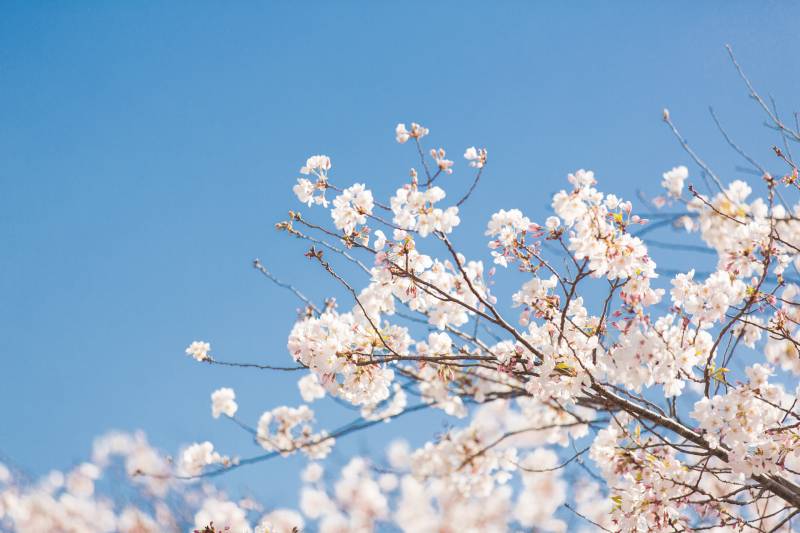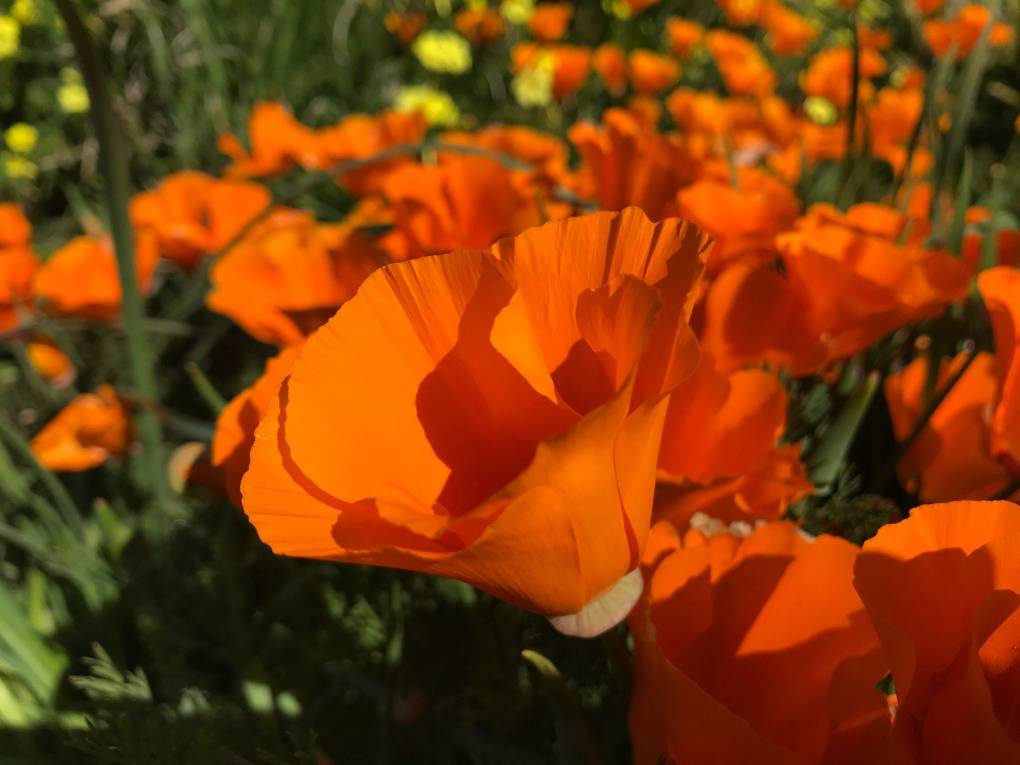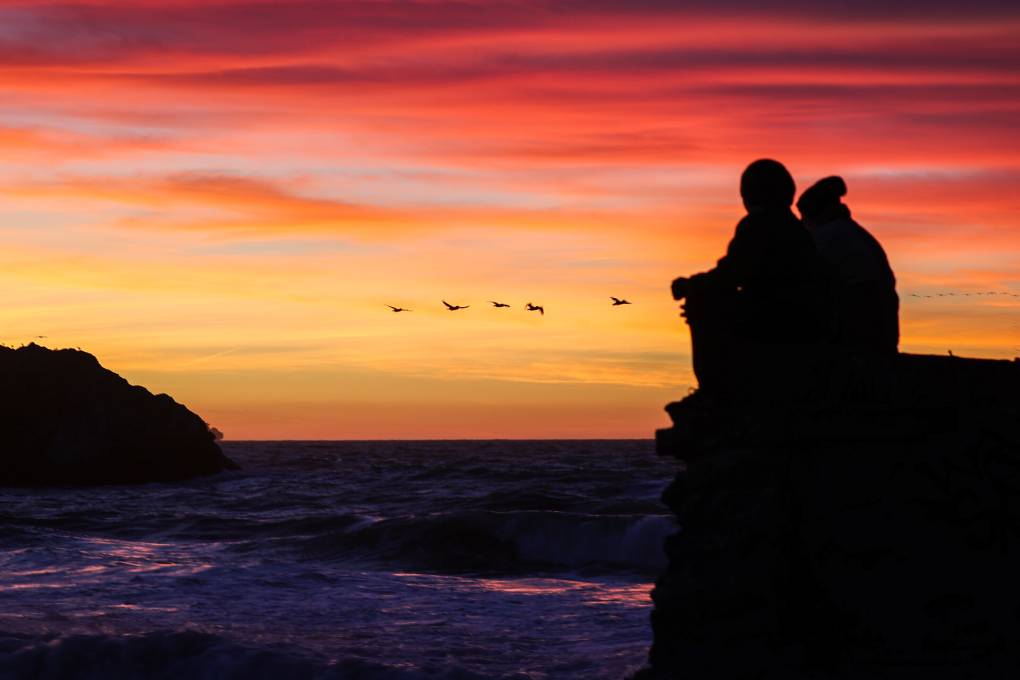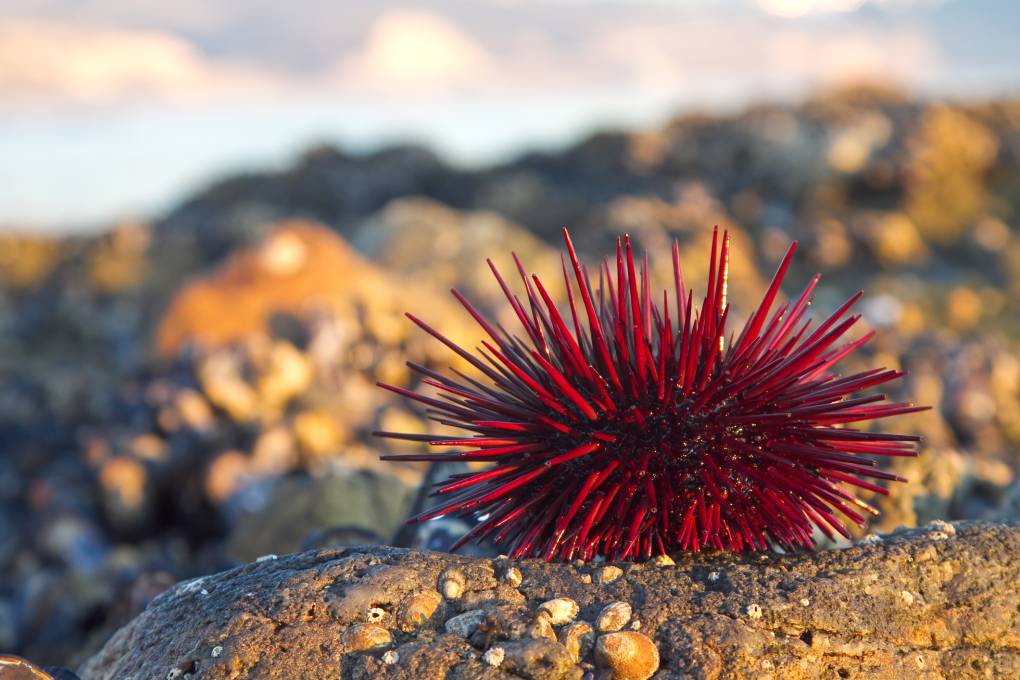In Japan, sakura — cherry blossoms — have been celebrated for more than a thousand years. And hanami, or flower-viewing celebrations, date back to the 9th century in Japan and were made popular among the aristocracy.
Today, the arrival of cherry blossoms is celebrated not only in Japan but worldwide, including in U.S. cities like Washington, D.C. and San Francisco.
“It marks not just the coming of spring, but also the start of something new,” said Yuki Nishimura, co-chair of the Northern California Cherry Blossom Festival (NCCBF) — a volunteer-run annual event in San Francisco’s Japantown taking place on April 12–13 and April 19–20.
Jump to:
What to know about the Northern California Cherry Blossom Festival
The NCCBF is the largest festival of its kind on the West Coast, and organizers say that since 1968, it’s served as a way to celebrate the alliance between Japan and the U.S. “This festival is also our way of really celebrating and reclaiming our cultural identity,” Nishimura said.



